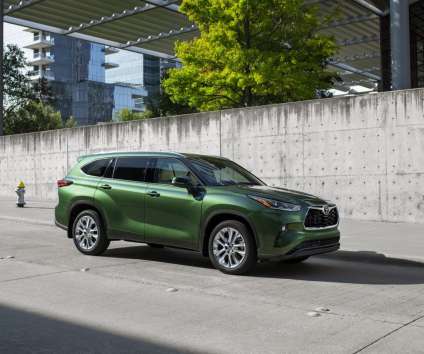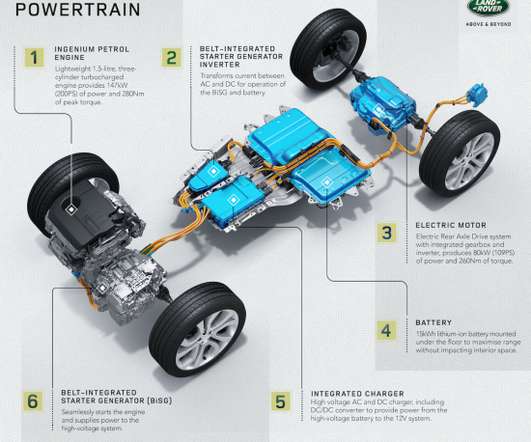New Toyota Highlander turbocharged engine offers more torque and fewer emissions
Green Car Congress
OCTOBER 7, 2022
Fuel efficiency is also improved for this higher-torque engine with an EPA-estimate of up to 25 MPG combined. When AWD is not needed, such as in steady highway cruising, rear Driveline Disconnect automatically disengages drive to the rear wheels and stops the propeller shaft’s rotation, helping to reduce fuel consumption.





















Let's personalize your content